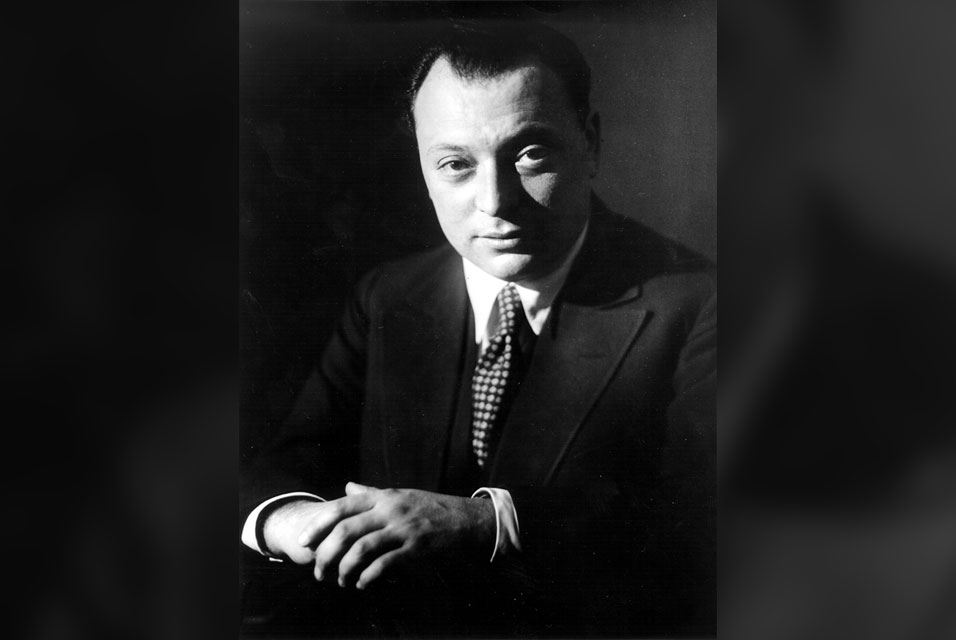ResearchNews Videos
Earpiece that speeds up recovery after a stroke
Flashback
On a day like today, Nobel Prize laureate Wolfgang Pauli was born

April 25, 1900. Wolfgang Ernst Pauli (25 April 1900 - 15 December 1958) was an Austrian theoretical physicist and one of the pioneers of quantum physics. In 1945, after having been nominated by Albert Einstein, Pauli received the Nobel Prize in Physics for his "decisive contribution through his discovery of a new law of Nature, the exclusion principle or Pauli principle". The discovery involved spin theory, which is the basis of a theory of the structure of matter. Pauli made many important contributions as a physicist, primarily in the field of quantum mechanics. He seldom published papers, preferring lengthy correspondences with colleagues such as Niels Bohr from the University of Copenhagen in Denmark and Werner Heisenberg, with whom he had close friendships. Many of his ideas and results were never published and appeared only in his letters, which were often copied and circulated by their recipients. In 1921 Pauli worked with Bohr to create the Aufbau Principle, which described building up electrons in shells based on the German word for building up.
|

Tell a Friend
Dear User, please complete the form below in order to recommend the ResearchNews newsletter to someone you know.
Please complete all fields marked *.
Sending Mail

Sending Successful





